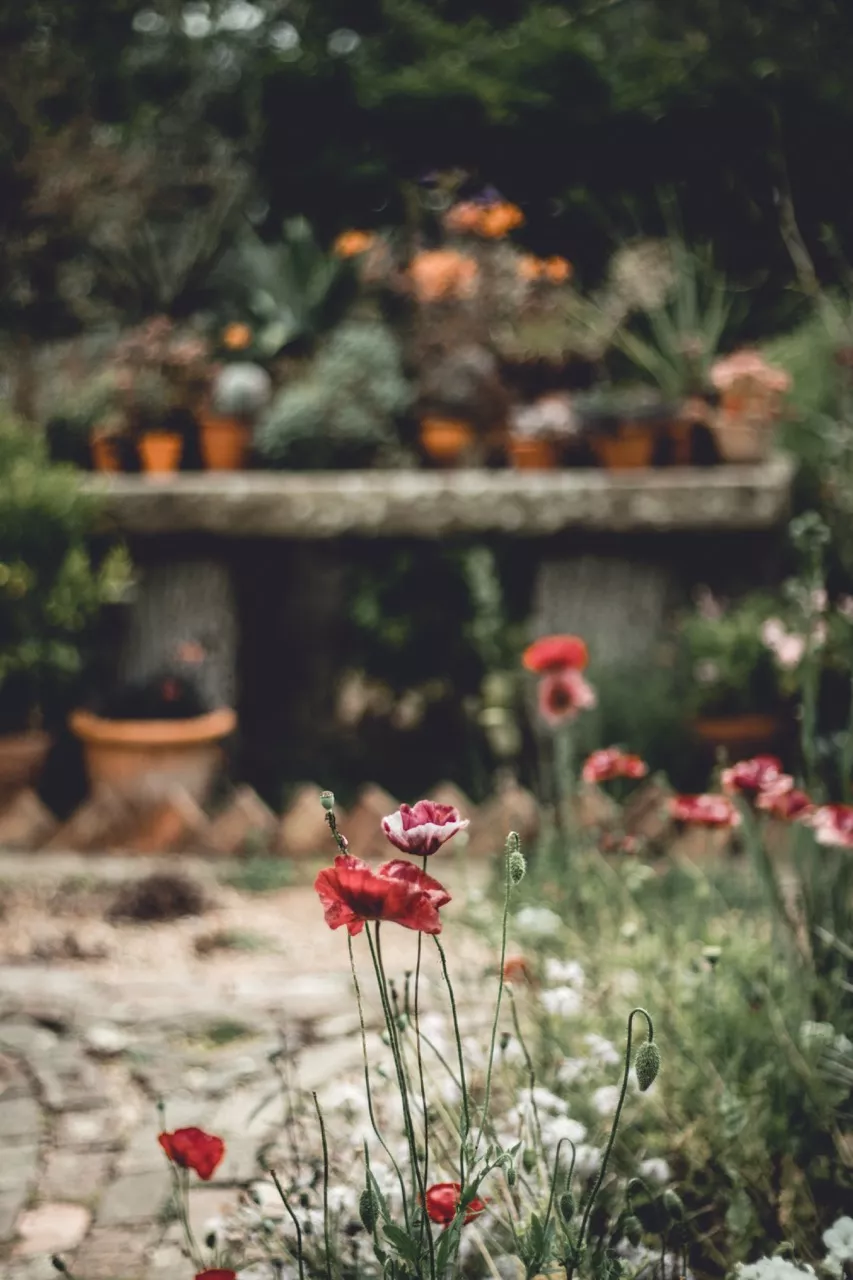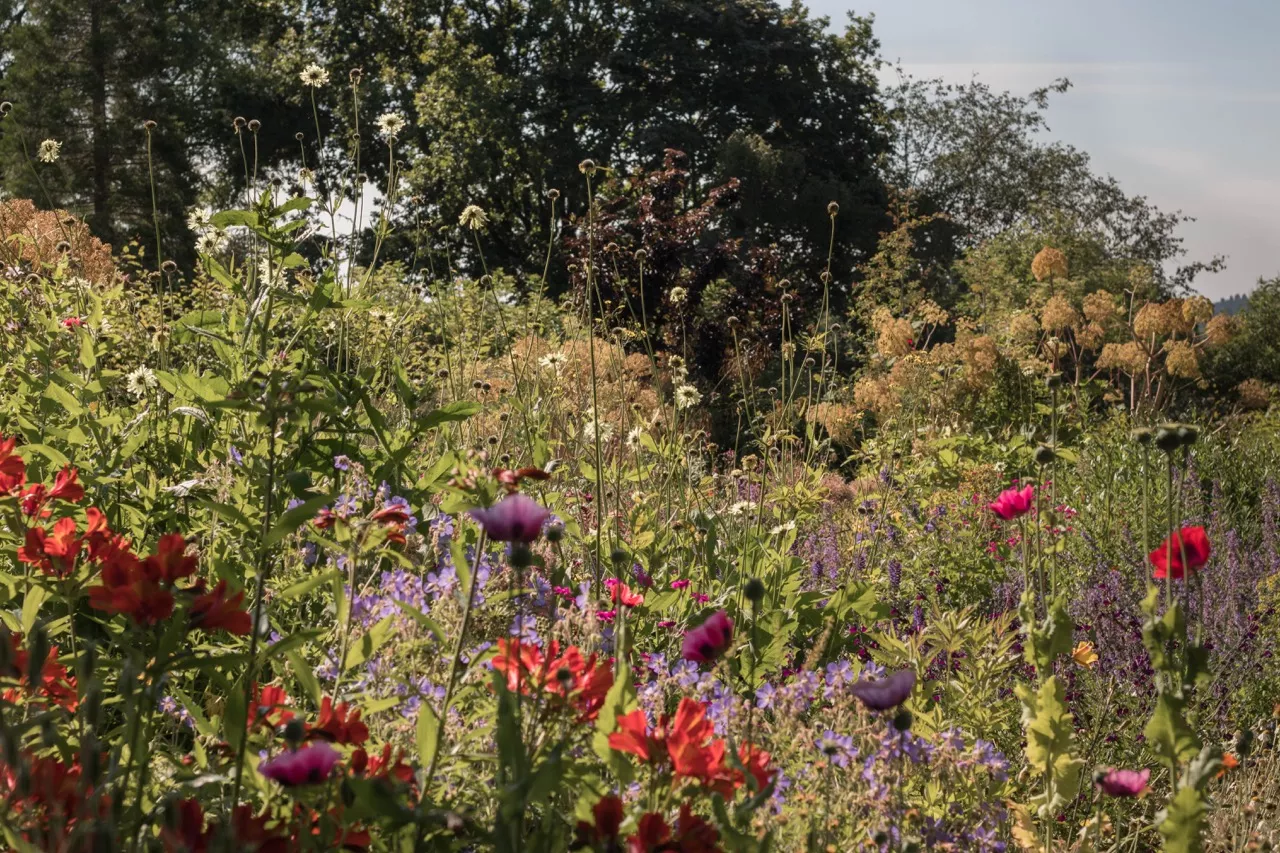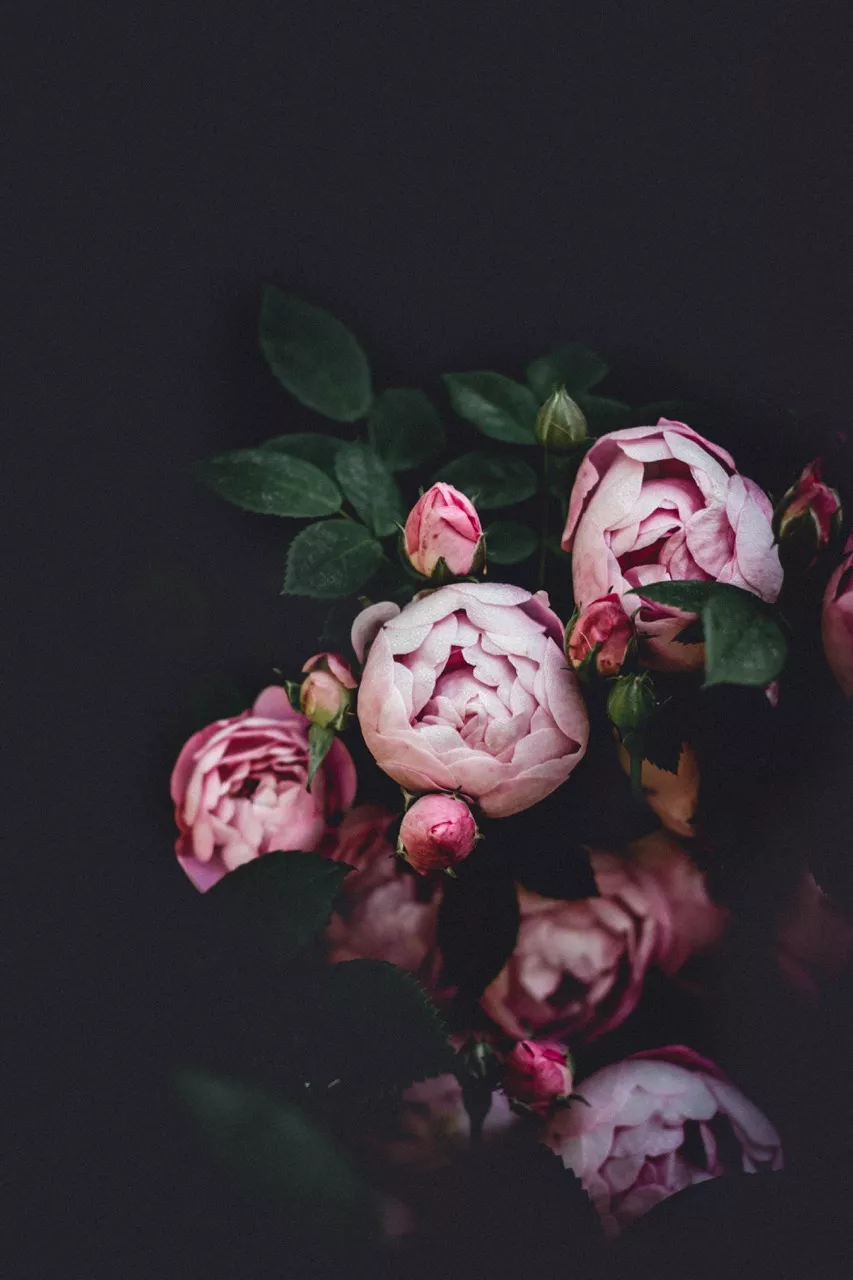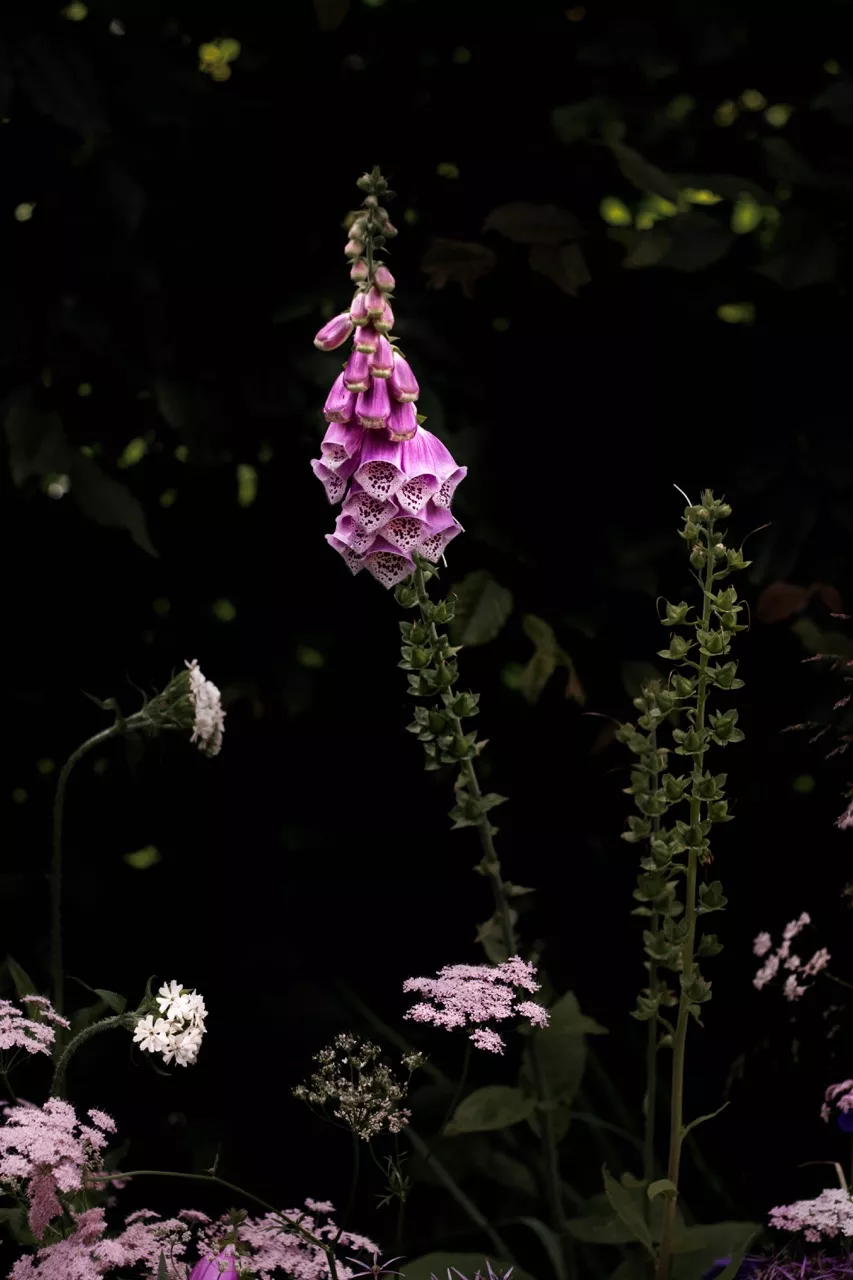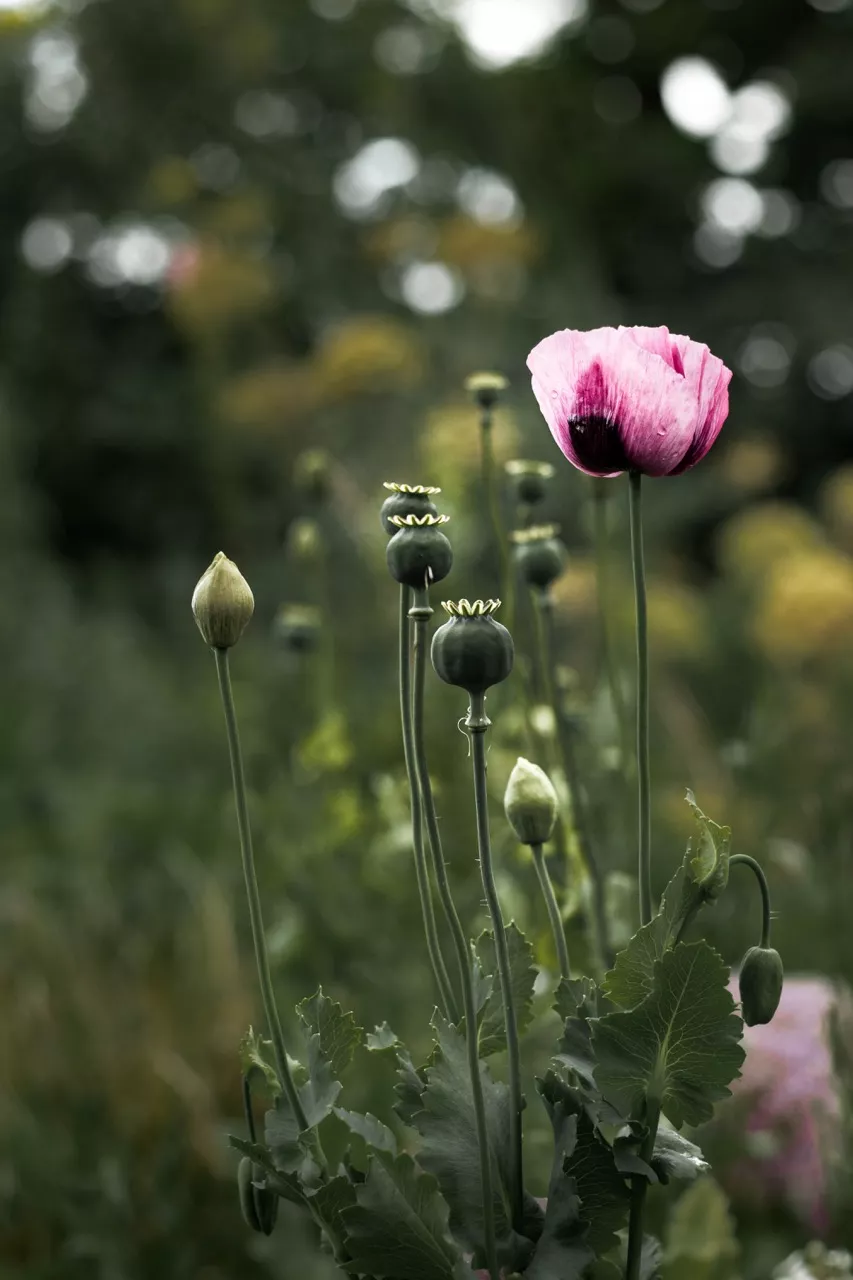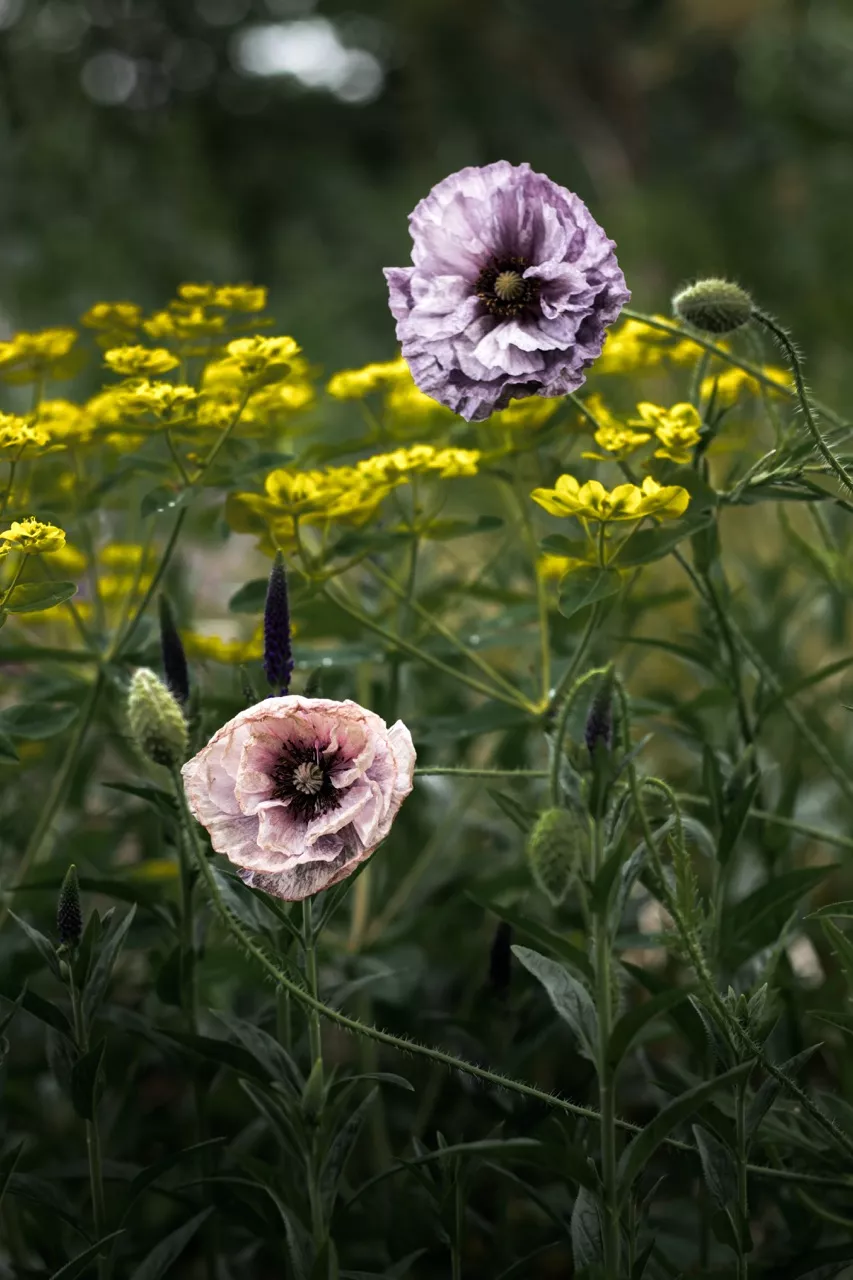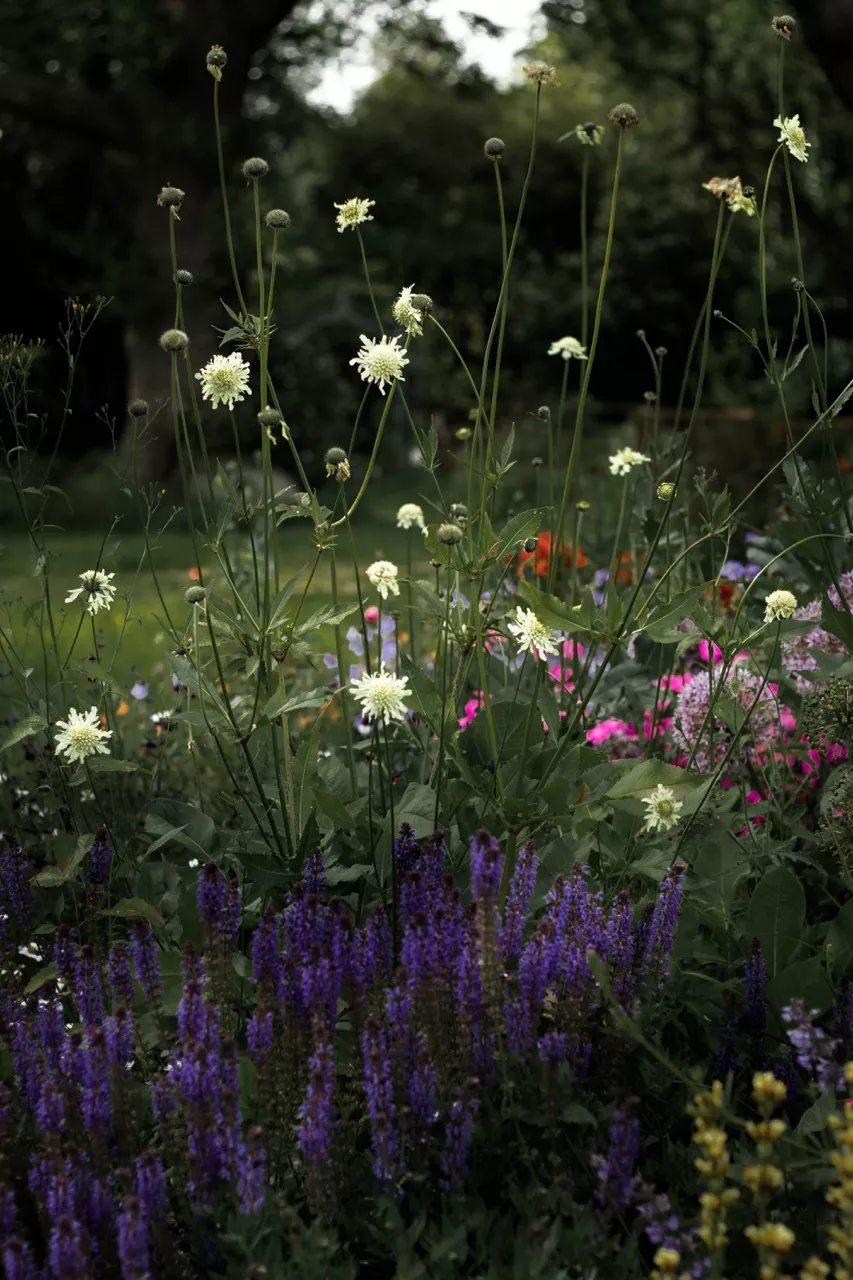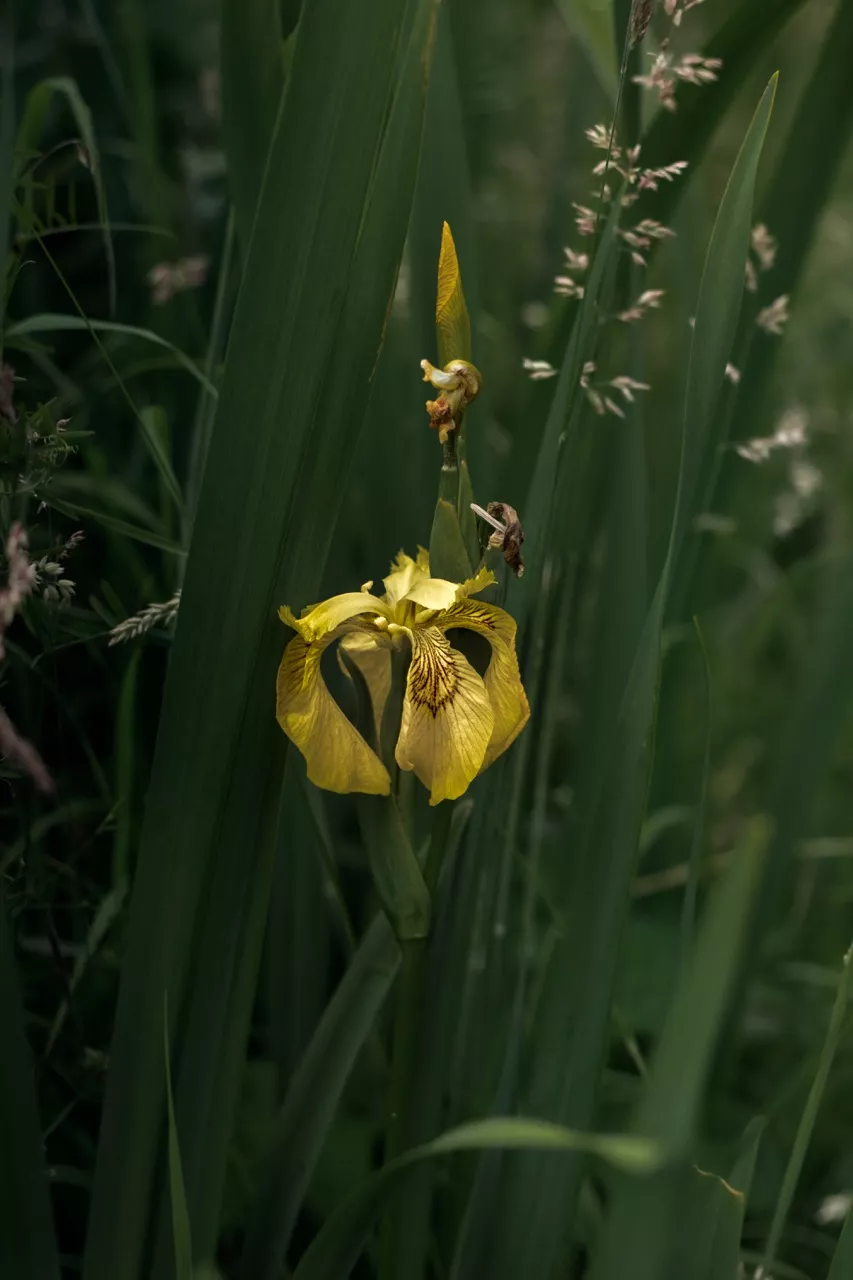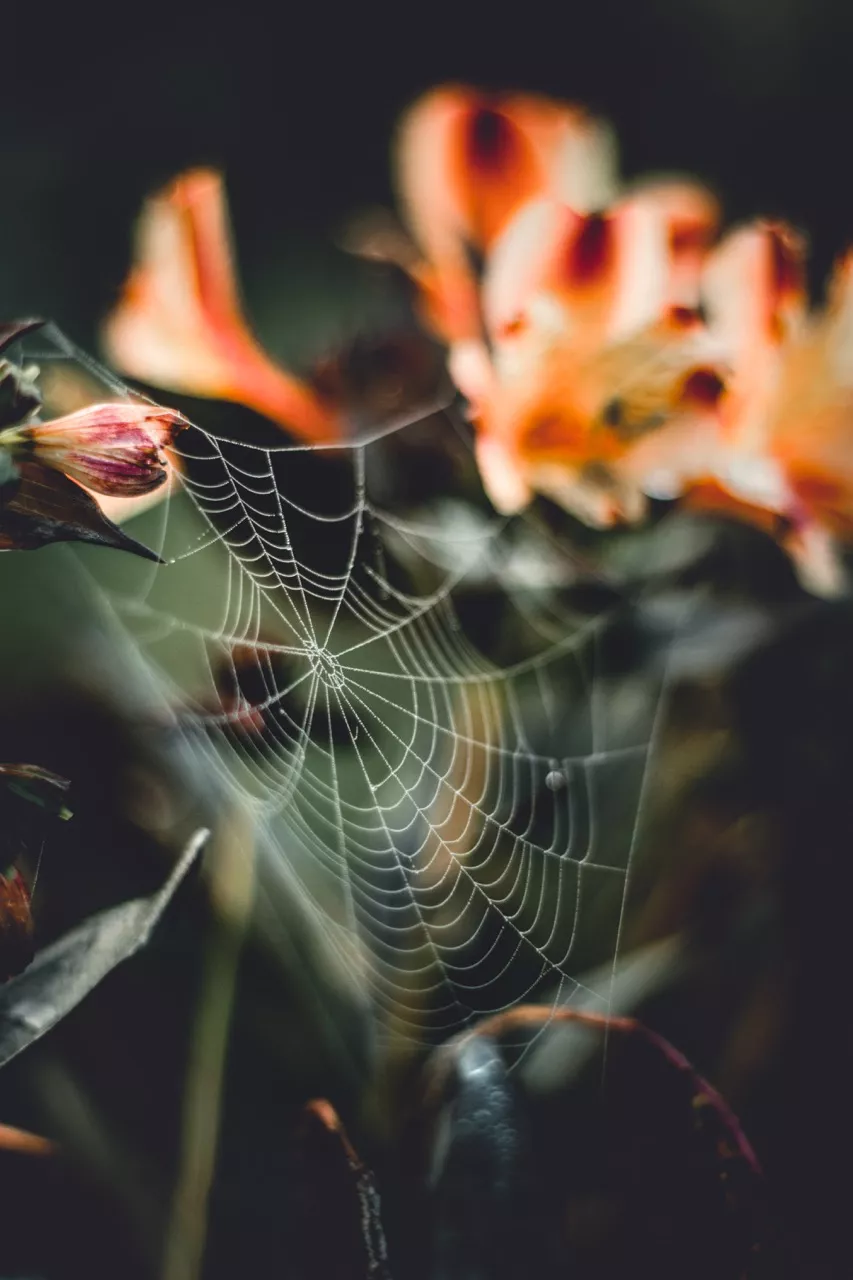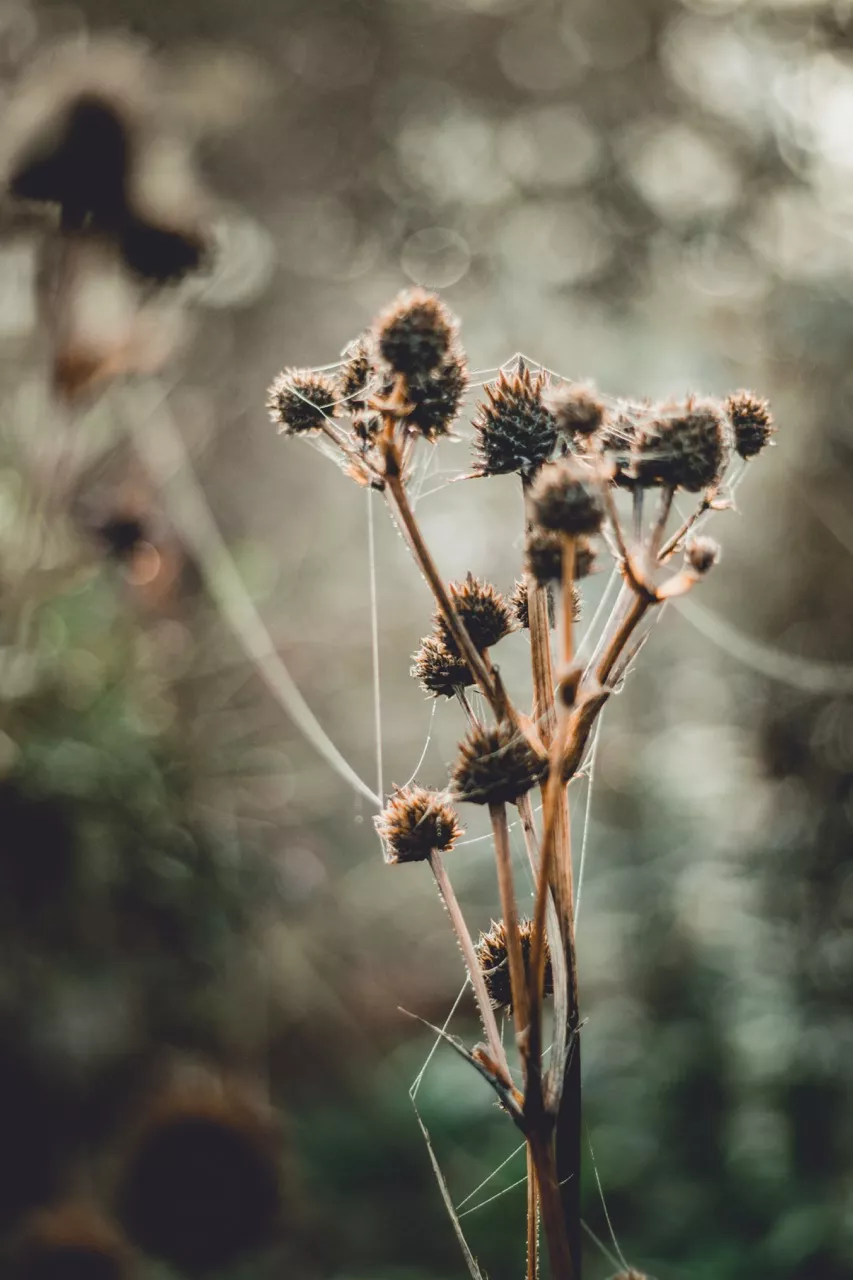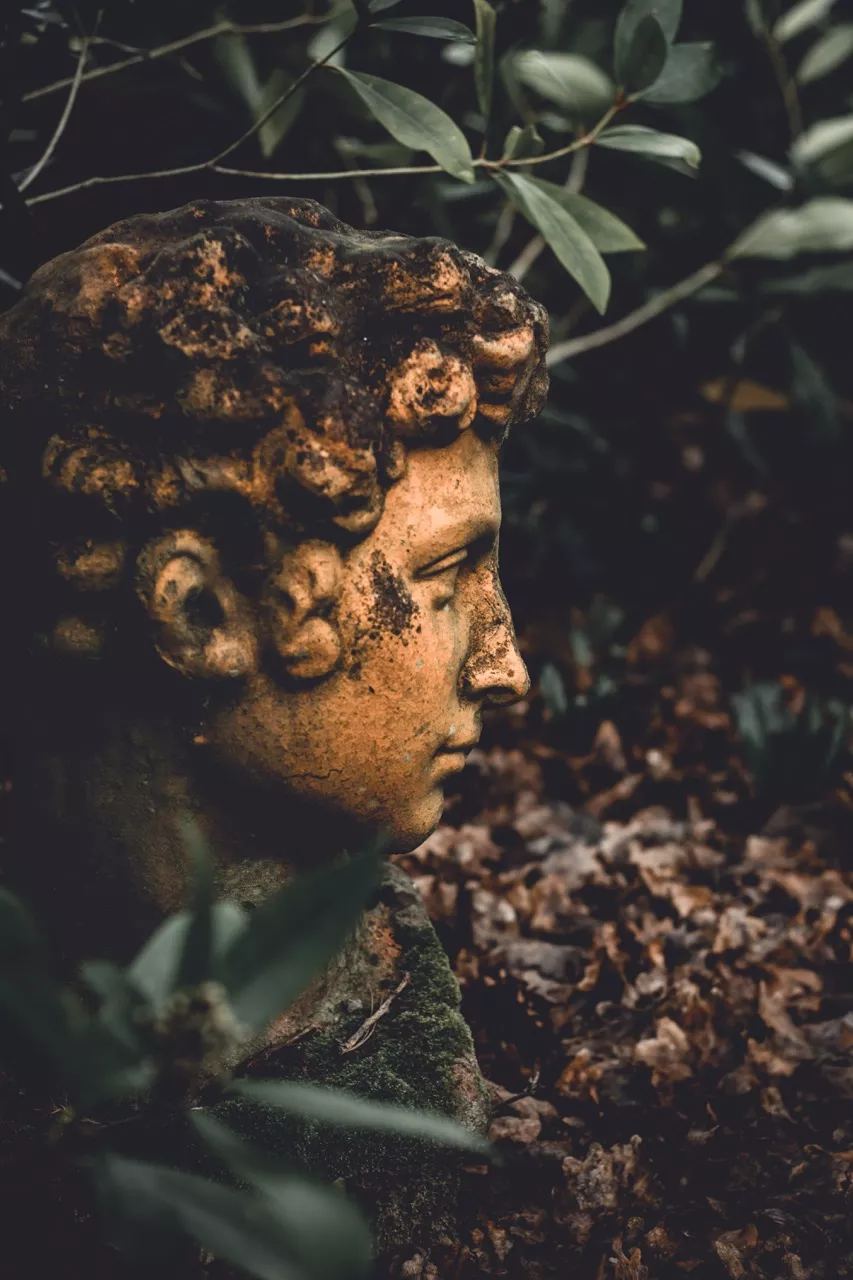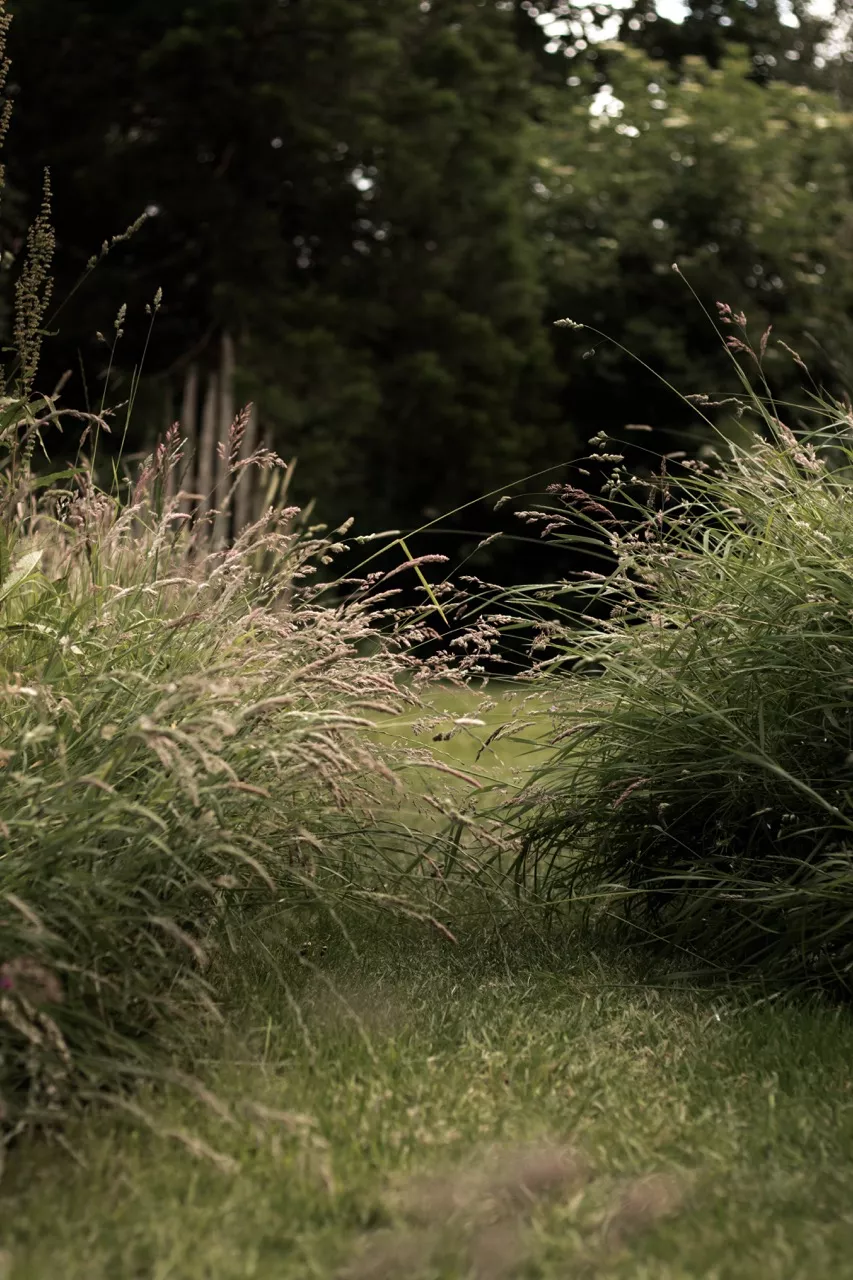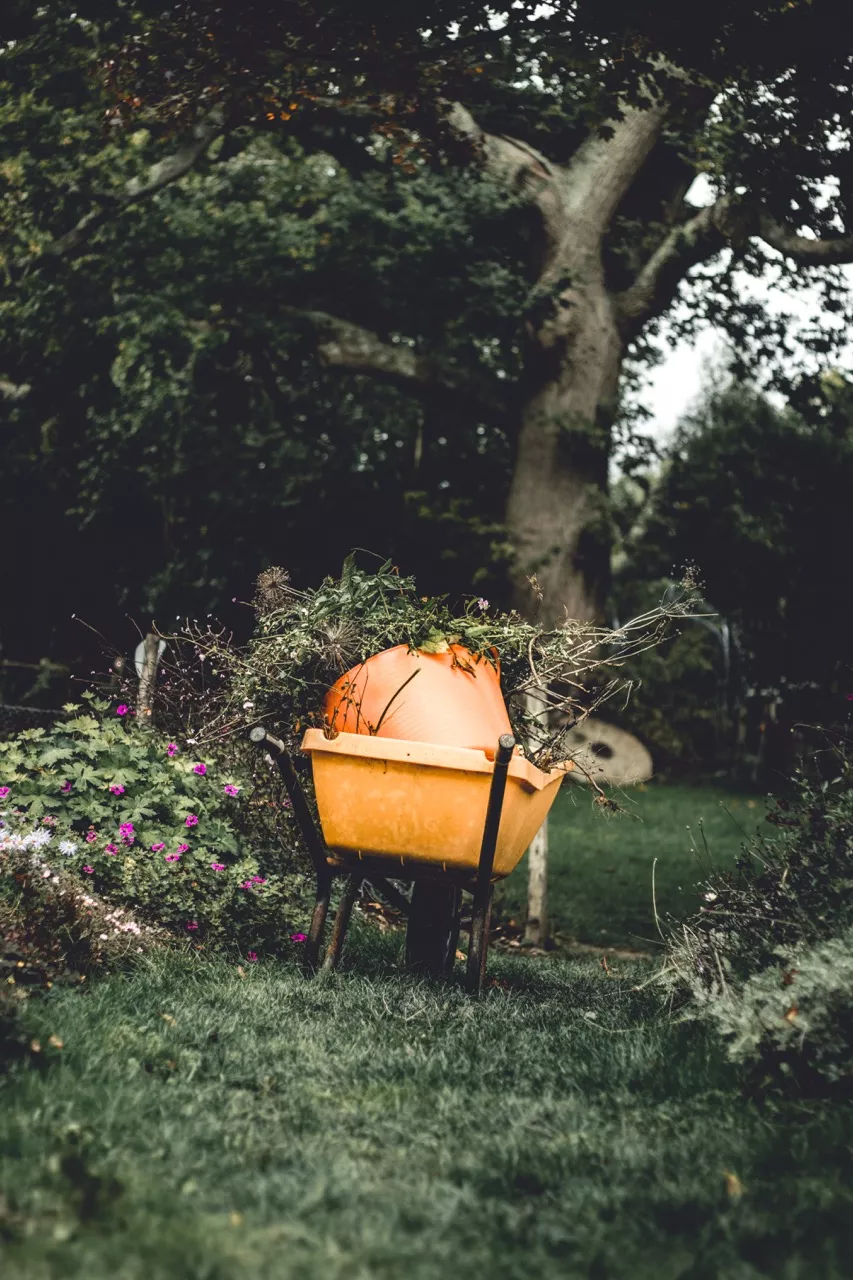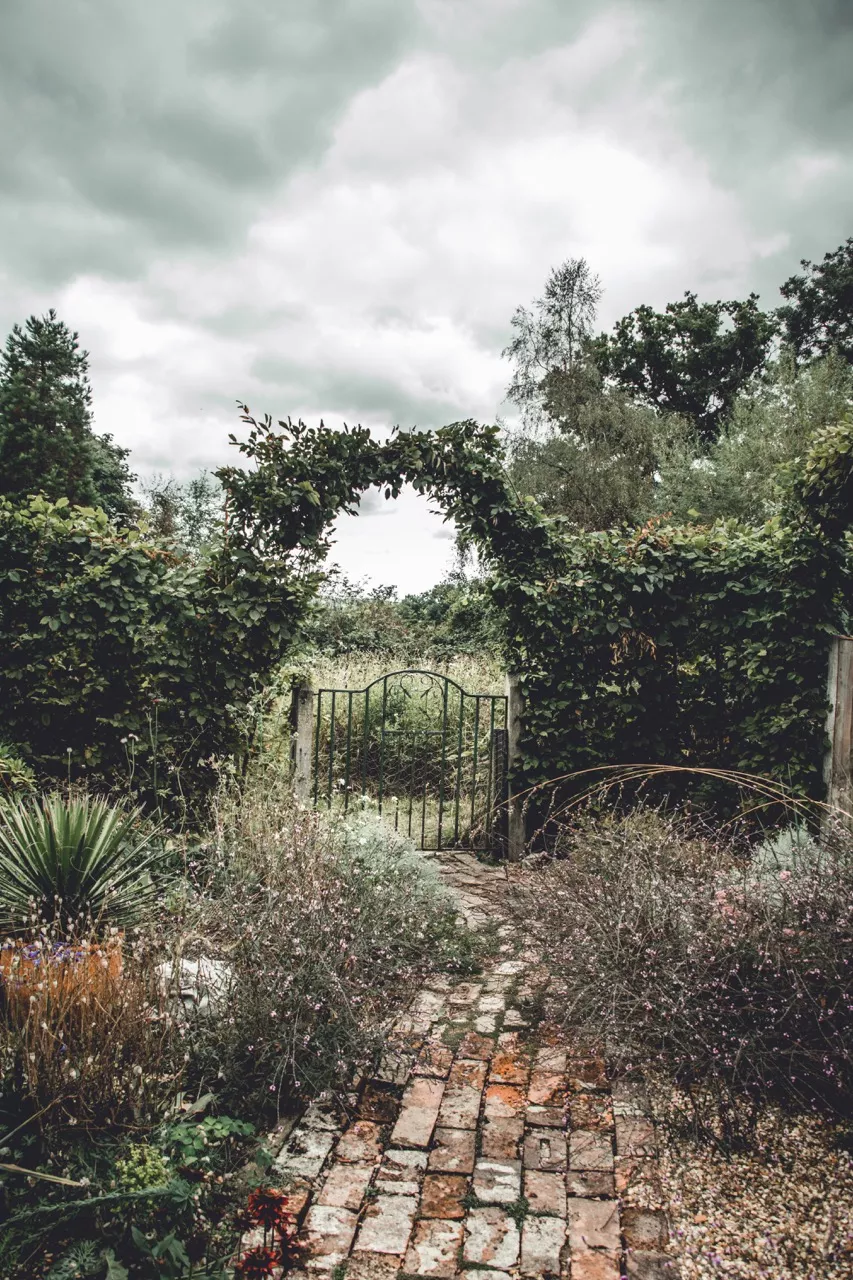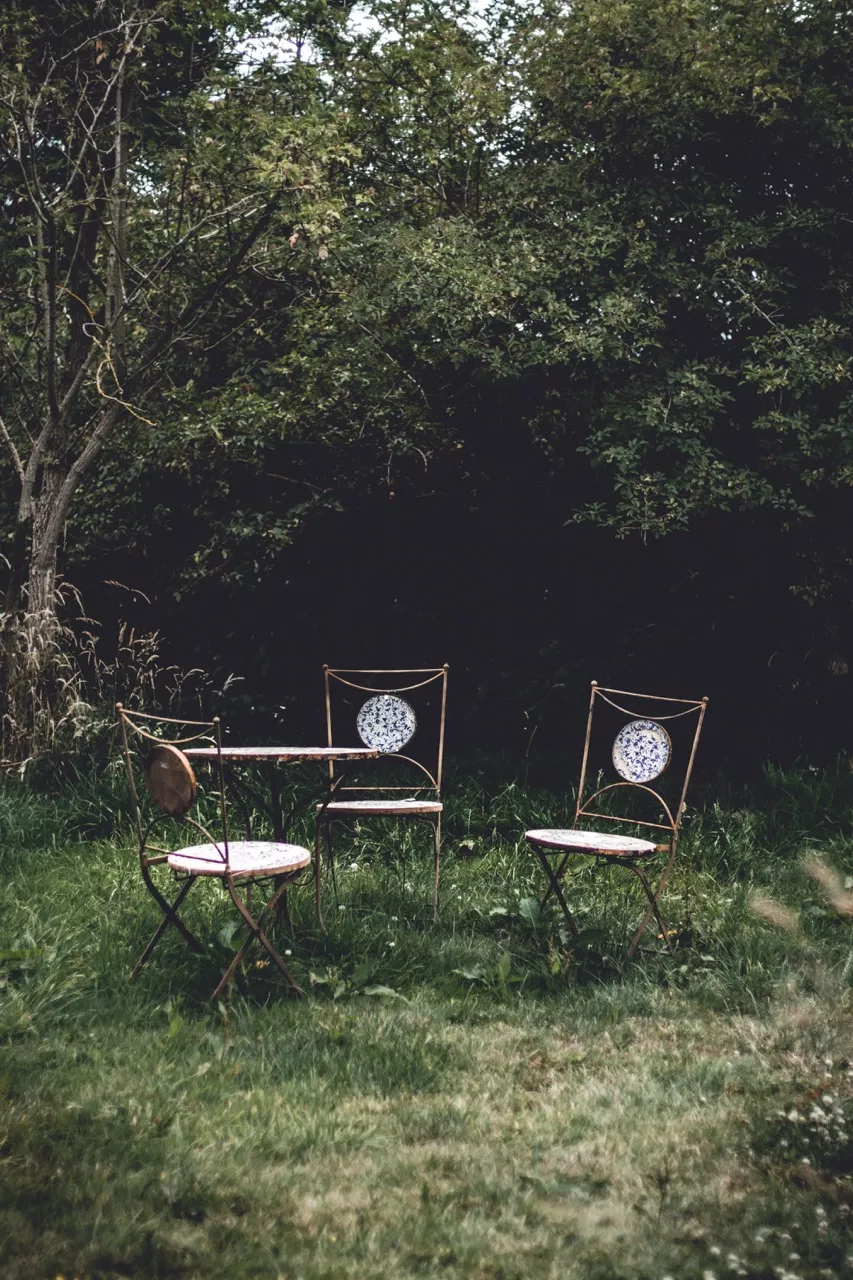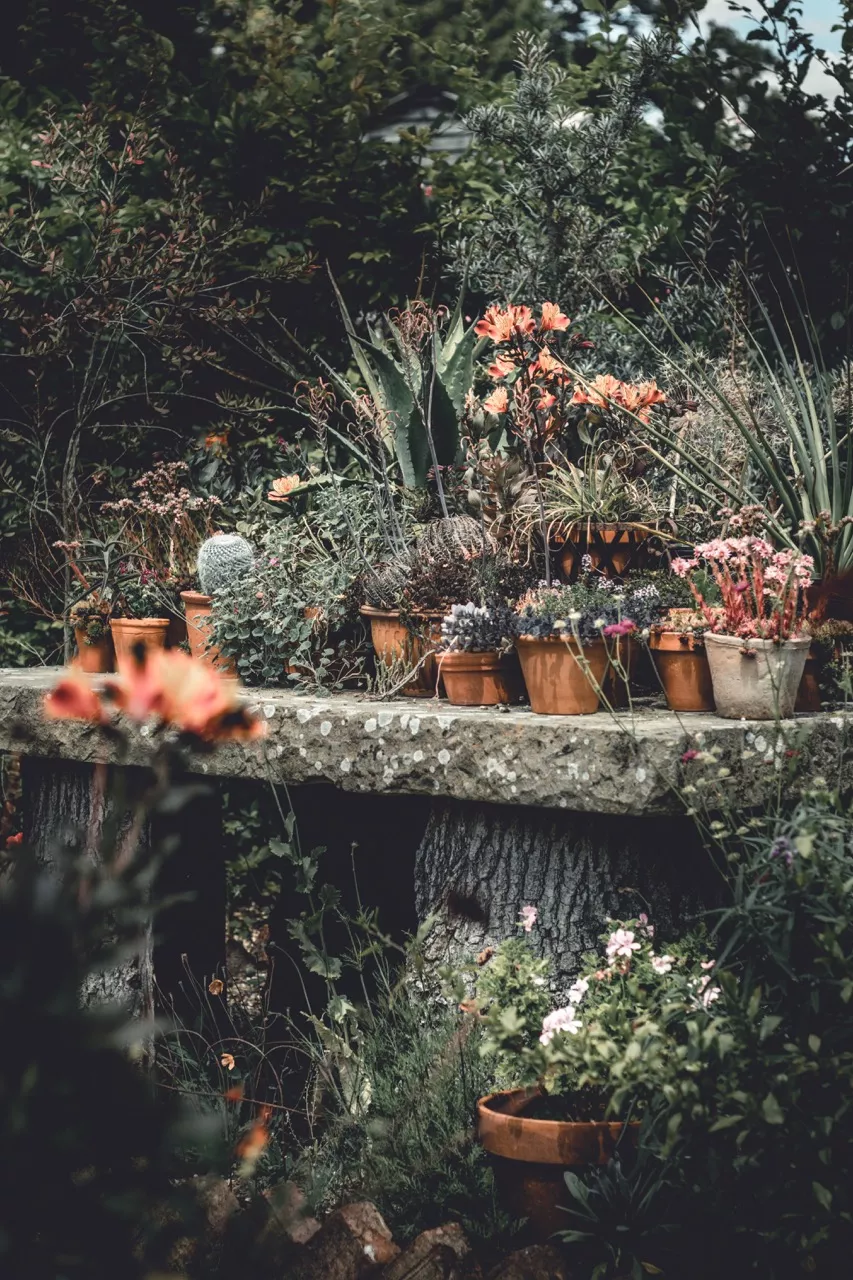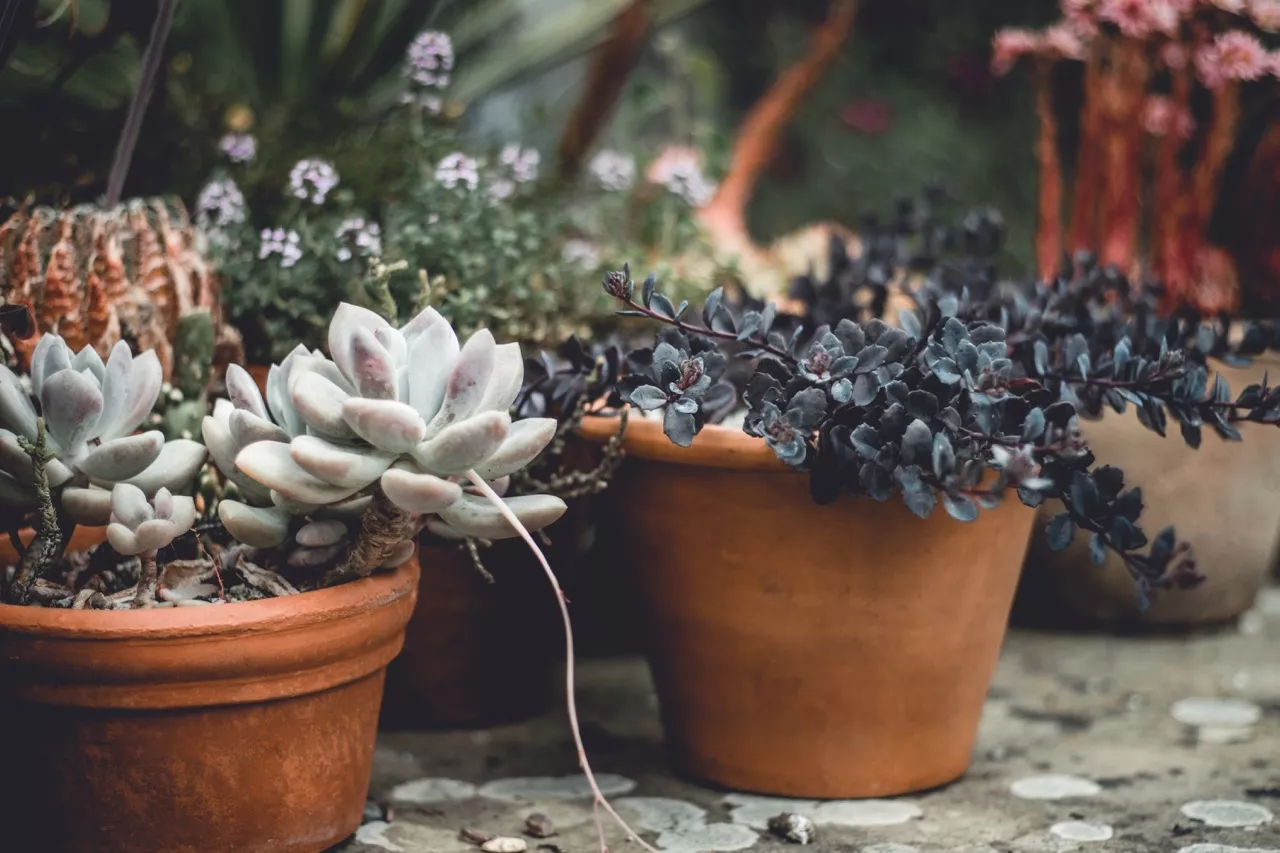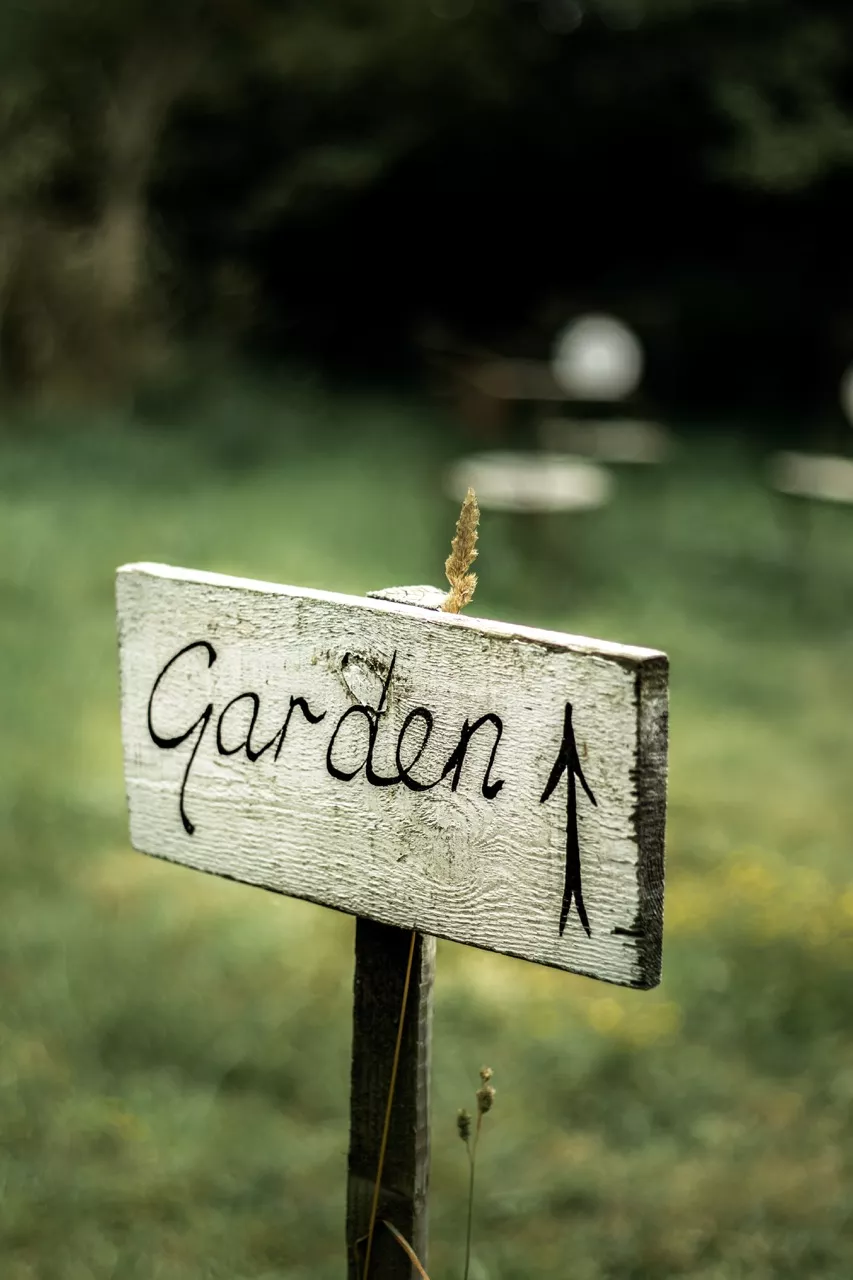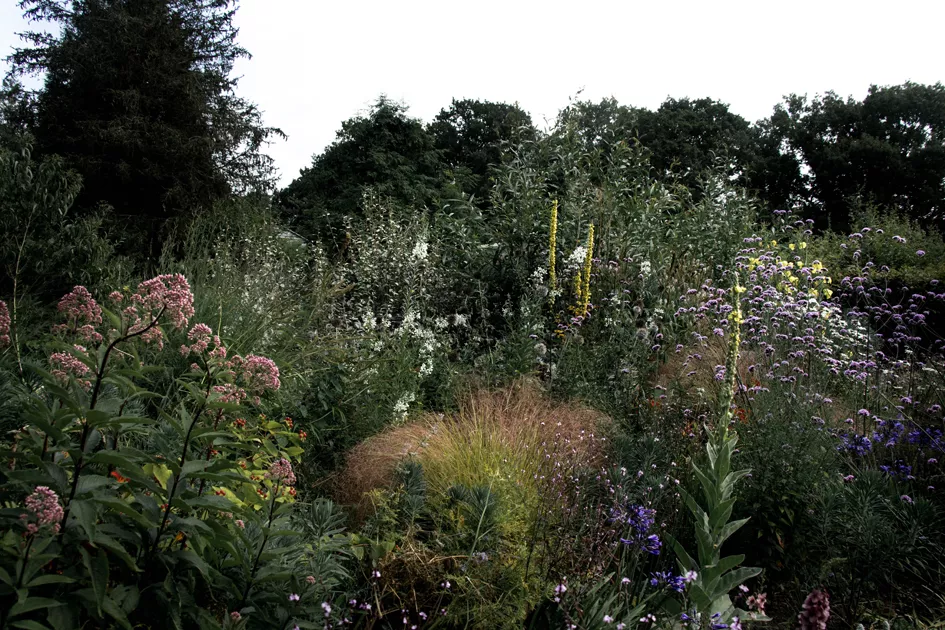
The Nursery Garden
The gardens at King John's nursery have been developed over the last few years and are blossoming into a collection of very special tranquil areas.
With experimental planting and creative use of old materials a walk around always provides the visitors with ideas and inspirations.
The gardens showcase a lot of the great herbaceous plants sold in the nursery and also and sit perfectly within the wild landscape of the high Weald.
The garden is an ongoing experimental space with the aim of creating a tranquil patch of green to relax, a haven for wildlife with lots of great plants.
We are a very small team that, as well as running the shop and growing the plants for the nursery try to keep the garden under control and interesting. As a new garden we are trying to keep it growing and improving, it’s a constantly changing, evolving thing.
The first plants went in the garden in April 2020, because the garden is so young we are finding out about the soil, light and other challenges as we go.
We have very heavy clay throughout the garden and the whole area had been neglected for 50 years and so before I started the nursery and was thick with ground elder, brambles, creeping thistle and nettles. It was not my intention to completely rid the garden of these weeds but pin them back, control and work around them, thousands of insects depend on them. I just want to add to the biodiversity by bringing in more plants. I want the edges of the garden to be natural with brambles and nettles where wildlife is safe and where the garden sits naturally within the wild Weald.
In the garden we have frogs, toads, newts, slow worms, grass snakes, hedgehogs, mice, rats, moles and deer and all are welcome (though I will be very rude about the moles and deer if they interfere with the wrong plants!) We are deer fenced but we still get a few come over the gates of an evening but thankfully not the herd of 50 we used to get.
If you visit the garden I hope you enjoy it but please dont expect a pristine neat and tidy garden, I sometimes get so busy I don’t get a chance to weed a bed and at other times I leave areas weedy and rough for a year to give nature diverse habitats.
Garden Map
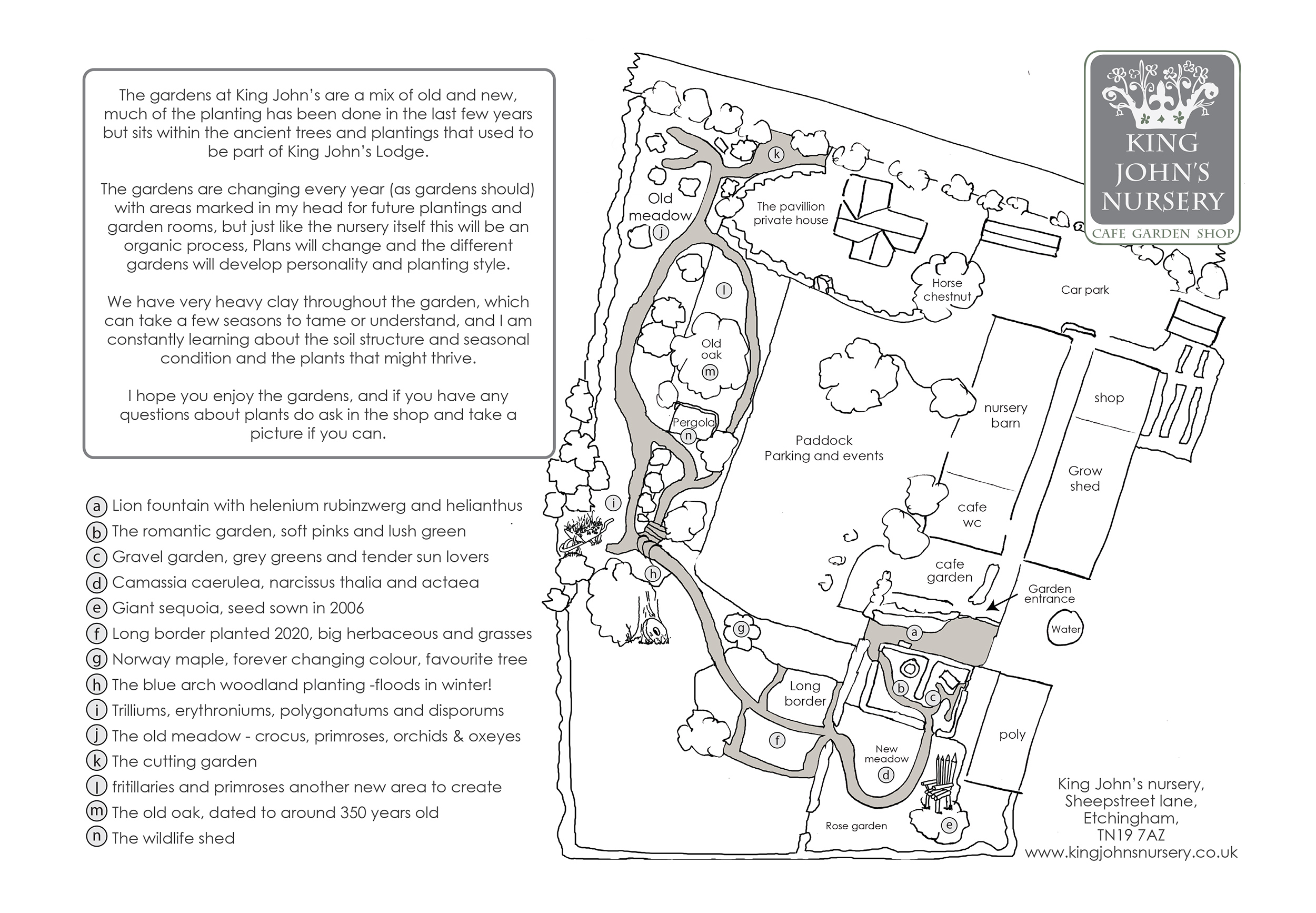
Garden Areas
The little pond garden
Built in lockdown – The idea is a garden of lush greens and soft pinks, a romantic garden set off by the rose in the central bed rose Gentle Hermione and the dark rose Darcy Bussell. A garden of damp heavy clay I am finding the astrantias, pinpernella and amsonias are working beautifully as is the Jekkas thyme softly cushioning the stepping stone interspersed with ragged robin. The beautiful Cercis candensis or forest pansy is the feature try for the future. Trying to keep away from silver foliages except for the Pulmonaria opal with its soft pale blue flowers in spring. Tetrapanex rex planted at the back of both sides will give dramatic foliage and height to the planting in time. A special plant to look out for in here flowering late spring is the sanguinaria candensis plena, blood root from the US, a gorgeous low grower with heart shaped leaves and double pure white flowers.
The gravel garden
A little garden with a Mediterranean pallet looking best in the hot Sussex summer was the idea for this space, but the clay is as heavy and wet as anywhere in the garden and drainage attempts have had only a slight affect. The main features of this garden are the wonderful stone table made from an assume piece of stone my dad ‘accidentally’ bought at auction thinking a friend wanted it! When an oak came down in the garden I had the opportunity to make some legs for it.
The tree in the corner is the stunning Acacia pravissima – ovens wattle an Australian small tree. I have tried to find plants that give the impression of a gravel garden but are tolerant of the damp soil, a good example being the bog rosemary Andromeda polifolia – lovely blue green needle leaves and pale pink in flower it looks just right but is tolerant of a swim. The central bed has a galvanised planter with the Olive surrounded by Erigeron karvensis, the rest of the bed is filled with one of my favourite plants at the moment Amsonia hubrechtiii, with wonderful structure the thread like leaves are topped by pale blue flowers and it finishes the season with fantastic yellow foliage., there is also Anthemis cupiana, euphorbia orange man and a wonderful shrub from the US the lead plant, Amorpha canescens. Other interesting plants include Pseudopanex ferox, Eucomis sparkling burgundy and the low growing aster in front of the stone table is the very useful Aster snow flurry.
The wild meadow
An area of meadow filled with Daffodil ‘Thalia’ and ‘actea’, fritilaria meleagris, Camassia ‘caerulea’ as well as Camassia leichtlinii alba and leichtlinii Semiplena after the spring bulbs it goes wild until the first cut in August. When first establishing the meadow I was disappointed with the thick thatch of ground elder the matting of perennial thistle, nettles, hog and bind weed. But after a few years of unsuccessful weeding I realised they were the very plants the insects seemed to be on most, I have since embraced the wild.
The rose garden
This is a new project starting in 2024 hopefully planting in winter / spring 2025. At the centre of a small patio will be a great sundial the path out of the patio is facing true North which heads directly towards the arch into the long border. The Roses in the garden will be chosen for scent and with a careful selection of roses with single flowers. Simple repeated planting will provide groundcover below the roses. Climbing and rambling roses will also be planted around the bed heading into the trees.
The long border
A big border for some big plants and lots of the stock plants to propagate from for the nursery. The border is constantly changing in structure and colour combinations throughout the year and although it has a backbone of pinks, blues and whites it will suddenly switch to a blue and pale yellow for a few weeks and the dark reds with oranges. A fun border to experiment with, I love the giants in here, the giant fennel, Ferulia communis the wonderful Angelica archangelica the big Thalictrums, princess tucker and Elin and plenty more.
In spring with snowdrops, muscari, tulips and alliums, the edge of the path has plenty of creeping perrenials one of the first to flower being the gorgeous Veronica Georgia blue. Other key plants here are the dianthus carthusiana, hemerocallis strutters ball and Mrs Hugh Johnson. Valarian pyrenaica, hesperis alba and geum totally tangerine.
Shrubs in and around the long border include Salix Nancy Saunders, clereodendrun trichotomum var fargesii, Calycanthus hartlage wine and albus and Heptacodium miconioides seven son flowertree.
There are some great geraniums in the long border and alongside the Veronica Georgia blue along the edge is the stunning Geranium sanguinium striatum with its open pale pink flowers, The huge geranium Kashmir blue is behaving a bit thuggishly and so is being pulled out bed still persists. Geranium Alan Mayes with large purple flowers at the gate end is doing well and in the centre of the bed the lovely big meadow cranesbill, Geranium pratense cloud nine with pale blue double flowers.
Towards the far end of the borders where one of my favourite trees stands proud the ever changing colours of the Norway maple, Acer platanoides, we have another great geranium here in Geranium dragonheart, with its sprawling habit and magenta flowers with dark eyes. Just around the corner of which are a couple of fantastically foliaged geranium phaeums, Geranium phaeum springtime and phaeum Lisa. Both have great markings on the leaves and being phaeums are tolerant of the trickiest of positions.
Another plant type that is numerous in the long border towards the later part of the season are the asters. Describing where the all are would take a while but here are some names:
Aster (symphyotrichum) photograph
Aster (symphyotrichum) cordifolium elgans
Aster (symphyotrichum) laterifolium prince
Aster (symphyotrichum) laterifolium lady in black
Aster (symphyotrichum) laterifolium var. horizontalis
Aster (symphyotrichum) novi-belgii Patricia ballard
Aster (symphyotrichum) leave Orpheus
Aster (symphyotrichum) ericoides var. prostratum snow flurry
Aster (symphyotrichum) turbinellum
Aster (symphyotrichum) laterifolium
Aster x frikartii Monch
Aster (symphyotrichum) coombe fishacre
Aster or Eurybia divaricata
And then as Autumn approaches the grasses step up, Stipa gigantica makes a wonderful statement at the hedge end of the border which is littered with the fantastic Molina caerulea transparent, a tall grasses with as the name suggests delicate wands of see through flowers. Also seeding nicely through the border is the lovely Anemanthele lessoniana pheasants tail grass with its autumn tones throughout the season and its haze of flowers. The back of the southern border also has a great clump of miscanthus whose ID escapes me at this time, but I shall update when my brain steps up.
The blue arch
Entering the shadier area of the garden this has been one of the most difficult to plant. The lower ground becomes swamp in winter, I believe due to the leaking pond next door but we also seem to have very high water table around this area and virtually no drainage.
The many plants I originally planted here struggled and I ended up removing or losing them. Building up the higher ground I now have an area that drains but can become too dry in summer! I shall persevere and hopefully show of the many special woodlanders I have planted around here. There are some really nice hellebores planted here as well as disporum pernyi, Speiranthes Convallaroides, polygonatum red stem, Blechnum chilense, epimedium amber queen amongst many others all surrounded by vigourously creeping, galum oderatum and vinca alba. There are also trilliums and erythroniums amongst the other woodlanders.
The wildlife shed
I built this shed with habitats for wildlife at the forefront of my mind. The idea is to create lots of different spaces for overwintering animals, insects and birds. I have put a seat in there for the use of humans too, so feel free to take a rest and see what wildlife comes and goes. There are a selection of choice hostas and ferns around the shed including Dicksonia Antarctica, Woodwardia unigemmata, woodwardia prolifera, Matteuccia struthiopteris. The hostas are always changing because as slugs might locate a particular hosta we will then move it to a new location.
The meadow
A pretty bit of meadow once part of the orchard of King John’s Lodge. Planted with thousands of crocus, fritillaries and primroses with old apple trees, roses and orchids.
The cutting garden
The cutting garden consists of four raised beds packed with all our favourite cutting garden flowers from cosmos to dahlias.
All photography by Valentina Green - Prints available here.
